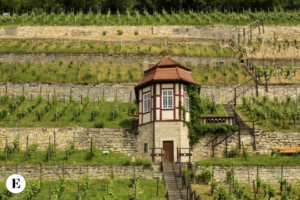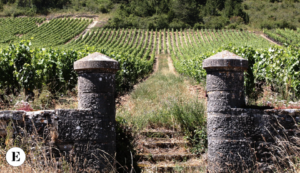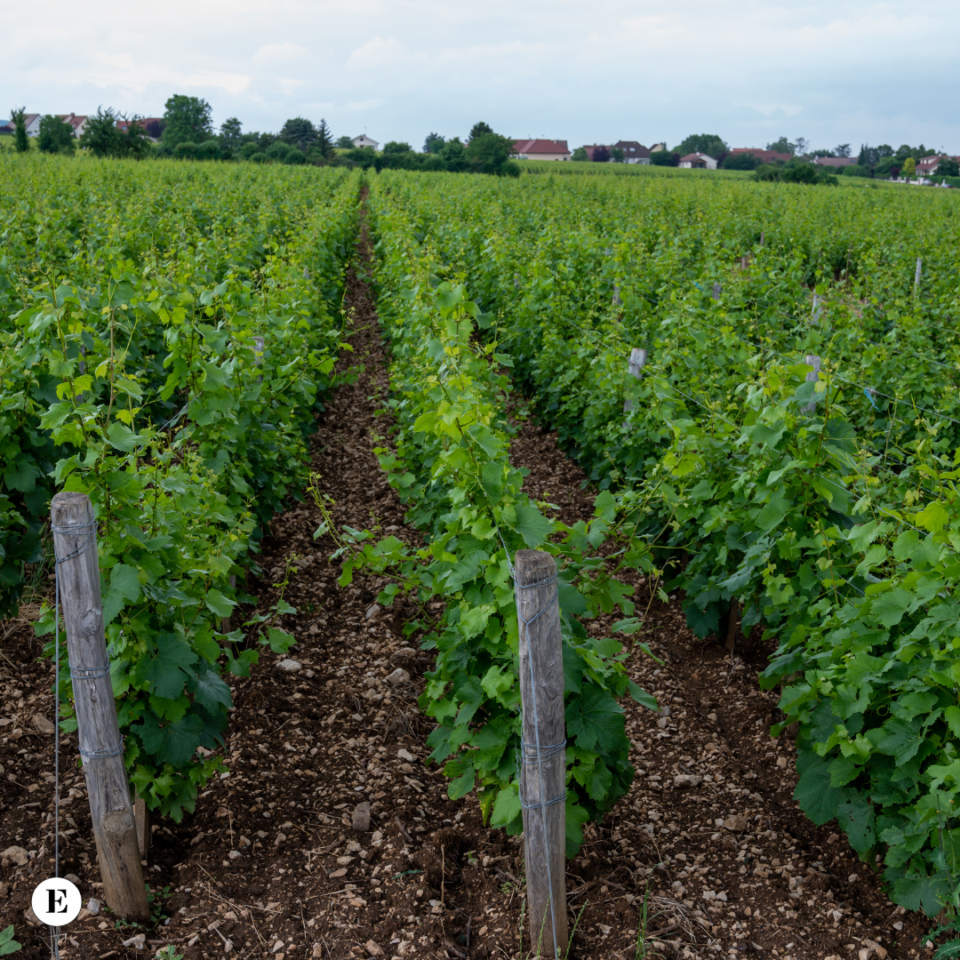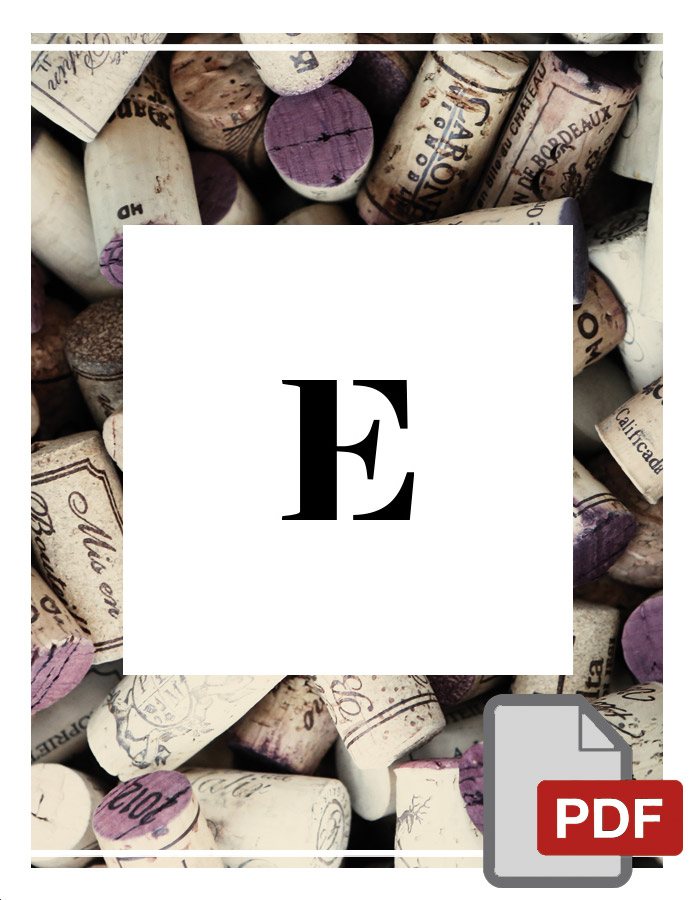Uncategorized
The Cru: A Journey into the World of Wine
The term “cru” is used in the wine world to describe a vineyard or a specific wine-growing area recognized for the quality of its grapes. This concept is particularly associated with Burgundy in France, where vineyard classification is based on reputation and quality. However, it is not exclusive to this region, as it is also found in Bordeaux and the Rhône Valley.

Differences between Cru, Premier Cru, and Grand Cru
- Cru: Refers to a vineyard or wine-growing area, without necessarily implying a high level of quality. It can encompass a variety of vineyards with different characteristics.
- Premier Cru: Represents a higher level compared to standard crus. Wines in this category are considered high quality and come from specific areas, characterized by complexity and distinctive features.
- Grand Cru: This is the highest recognition for a vineyard. Wines in this category come from areas with ideal conditions for viticulture and are often considered among the best in the world. The distinction between premier and grand cru is crucial to understanding differences in quality and price.
Why They Are Important
Classification helps consumers and enthusiasts evaluate the quality and expectations of a wine. Crus are linked to wine traditions and winemaking methods that highlight the peculiarities of the terroir, meaning the environmental factors that influence vine growth. Additionally, they represent a mark of quality and a cultural connection to the production region.
Why Wines Are So Different

Wines from crus stand out for various reasons:
- Terroir: Located in areas with specific soils and microclimates, crus offer unique aromas and flavors. Terroir is the essence of wine, and in crus, it is accentuated.
- Grape Selection: Grapes are carefully selected, ensuring that only the best clusters are turned into wine.
- Winemaking Techniques: Producers of wines in this category adopt traditional and environmentally friendly techniques, such as natural fermentations and the use of high-quality wood for aging.
- History and Tradition: Each cru is accompanied by a winemaking history that influences its style and reputation, telling stories of passionate generations of winemakers.
In summary, these classifications represent the best of viticulture, especially in regions like Burgundy. Understanding these distinctions enriches our wine knowledge and allows us to appreciate the nuances of each bottle. Next time you open a bottle from a cru, take a moment to reflect on the history and people who contributed to creating that moment of pleasure in your glass.





